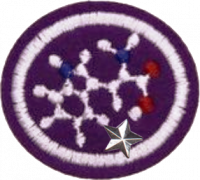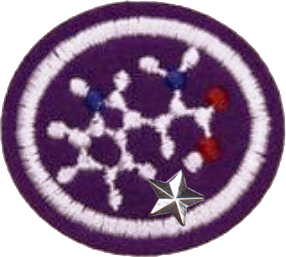Especialidades JA/Bioquímica - Avançado/Requisitos
Nível de Habilidade
3
Ano
2012
Version
03.06.2024
Autoridade de Aprovação
Divisão Sul Americana
1. Ter a especialidade de Bioquímica.
2. Definir os seguintes termos:
- a. Síntese
- b. Anabolismo
- c. Catabolismo
- d. Redução
- e. Oxidação
- f. Fotossíntese
- g. Hormônio
3. Além do fornecimento de energia, que outras funções os carboidratos tem?
4. Como é feita a classificação dos carboidratos?
5. Quais as consequências da falta de glicose no organismo?
6. Para manter as taxas de glicose constantes, no período de jejum, o organismo é capaz de produzir esse carboidrato. Como ocorre a via da gliconeogênese ou neoglicogênese?
7. Qual a importância dos hormônios insulina e glucagon no organismo humano? Onde são produzidos?
8.How does an individual's metabolism fast?
How is an individual's metabolism well-fed?
What disease is a result of lack of insulin production? What are the main characteristics of this disease?
The excess carbohydrates and amino acids accumulate in the body through its conversion into lipids. How are lipids synthesized in the body? Where are they stored?
What are the types of lipids in humans?
Amino acids are produced by living things. The so-called producers are able to synthesize the 20 essential amino acids, mammals can synthesize only a few. What are the precursors used for amino acid synthesis?
How do mammals get the amino acids they are not able to synthesize?
Make a table with the biosynthetic families of amino acids, according to metabolic precursors.
The amino group is very important for the synthesis of amino acids. How do you get this amino grouping? Explain the Cycle of Nitrogen.
Nitrogen fixation is very important, certain bacteria do this. Some live in symbiosis with legumes. Explain how the symbiosis between bacteria and legumes occurs. Associate legumes and nitrogen fixation with crop rotation.
How does photosynthesis happen and what is its importance for life on Earth?
What factors affect photosynthesis?
What are the organisms capable of photosynthesis?
Carbon is a very important atom for all life forms. Explain the Carbon Cycle.
What is the relationship between DNA, RNA and proteins?
What are the applications of DNA studies?



